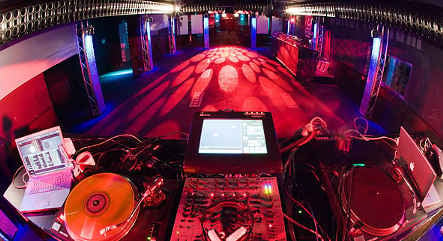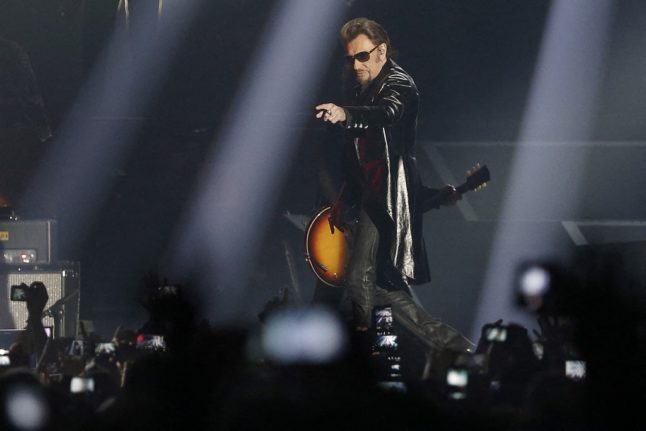Each autumn, the Popkomm trade fair brings music industry types from around the world to the German capital in search of the next big thing. It can be a great place to see up-and-coming musicians before they’re big and famous, but a newfangled sound system? Isn’t Hannover’s CeBIT the trade fair for high-tech gear?
Maybe, but the club debut of the IOSONO proved to be one of the highlights of this year’s Popkomm. Heralded as the next big thing in audio technology, the sound system is based on the concept of wave field synthesis – which is a fancy way of saying it recreates natural sound waves instead of merely amplifying music like your average PA.
Another innovation is the way in which sound is dispersed within the club. DJs use multiple audio sources in conjunction with a multitude of speakers – in Tresor’s case 800 of them – to position and move sounds to create a more textured, 3-D aural experience.
“I think it brings a lot of creative potential for the music industry, not just for the club,” said Dimitri Hagemann, owner of one of Berlin’s most famous locations for techno music. “It has already proved its potential in museums and in cinemas but this is an experiment in a club. I think it’s a start and I am happy that it takes place at Tresor.”
Four CD sources, six computer servers and those hundreds of speakers were installed for the system’s debut at Tresor. Although the system is already in use in a limited number of locations – the Haunted Mansion at Florida’s Disneyland being one of them – the Popkomm special was the first time it’s been pressed into service in a club.
Karlheinz Brandenburg, the man who gave the world the MP3 audio format, is also the brains behind IOSONO. He appeared especially pleased to see his system used in this way. “For me the basic idea has been a dream for a long, long time,” he said. “When we speak of hi-fidelity it’s two parts; it’s cleanliness of sound and it’s really immersion, the idea of being somewhere else. With Wave Field Synthesis this dream really became true. And I think it’s the next big thing in audio.”
The business development manager for the project, Gerald Moser, explained how DJs can use the sound system to a whole new creative workspace. “For example here are using four CD players; two in a simple way creating their main mix and use the other two to play new sources into the system,” he said.
The system – which costs around four times what a normal PA does – is so complex they had to develop a new interface with a touch screen to control it all. “The artist just touches the sound sources and moves them on the screen which moves them in real time across the dance floor,” said Moser.
The assembled crowd were ushered into the centre of the dancefloor, surrounded by the freshly installed battery of speakers. At first guests were treated to a jungle-themed presentation where animal sounds and the noise of rain appeared to move around the room. It was hard for people not to turn their heads to locate the sounds as they swirled around them.
Then the DJs took to the decks to show how IOSONO can be used to build on the concept of the traditional music set. Certain elements of the tracks were then keyed into the room from different locations – basslines appeared to throb overhead, breaks and beats shot from one side of the dancefloor to another, electro clicks and pops rippled through the room before shooting to the opposite side.
“It’s amazing. It’s just really mind-blowing,” gushed Berlin DJane Fidelity Kastrow. “You just get so many ideas of things you want to prepare and how you want to change making tracks.”
But she also said the technology was still quite a way from becoming commonplace at clubs around the world: “It’s still a work in progress. It’s not done, it’s just beginning to develop.”
Still, even if IOSONO might still need some technical tinkering, it didn’t seem to bother those on the dance floor enveloped in the new system’s 3-D audio experience.
“It’s kind of hard to tell what it’s going to become but I thought it was very impressive,” said one man after the presentation was over.
A woman standing nearby was more concise in her assessment: “The sound is everywhere!”



 Please whitelist us to continue reading.
Please whitelist us to continue reading.